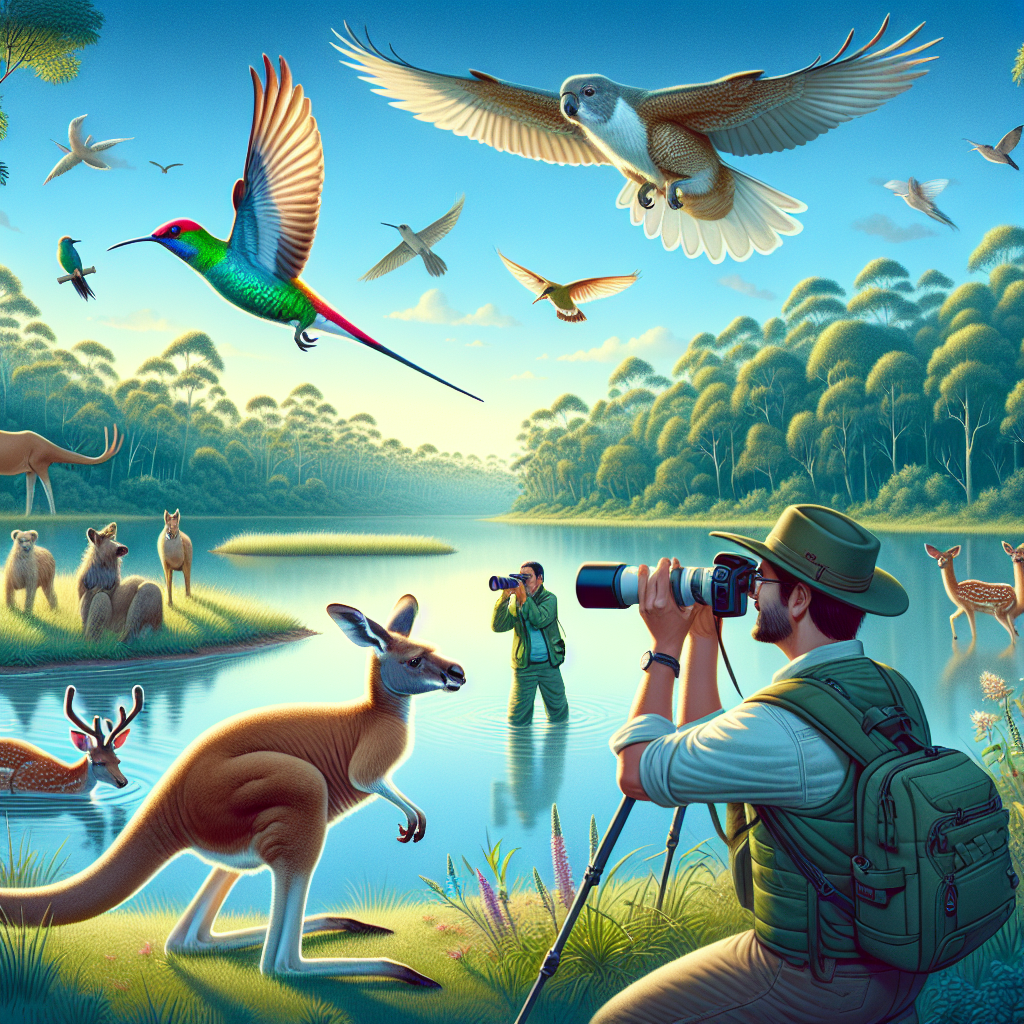NZ Invests $22M to Protect Native Wildlife and Boost Eco-Tourism in National Parks
The announcement was made during Mr. Potaka’s visit to the Isaac Conservation and Wildlife Trust near Christchurch, a facility that plays a crucial role in conserving some of New Zealand’s rarest species.

- Country:
- New Zealand
In a landmark move to strengthen the protection of native species and preserve the integrity of New Zealand’s iconic national parks, Conservation Minister Tama Potaka has announced a $22 million investment from the International Visitor Levy (IVL). This funding will support a broad package of restoration and pest control initiatives over the next three years, ensuring Aotearoa’s unique natural heritage continues to thrive—and is enjoyed—by millions of domestic and international visitors.
The announcement was made during Mr. Potaka’s visit to the Isaac Conservation and Wildlife Trust near Christchurch, a facility that plays a crucial role in conserving some of New Zealand’s rarest species.
Nature and Tourism Intertwined: A $3.4 Billion Industry
With tourism that hinges on natural experiences—such as hiking, wildlife viewing, and park visits—estimated to be worth $3.4 billion annually, the investment recognises the vital link between conservation and economic growth. Data from last year shows that nearly three-quarters of international visitors embarked on a hike or walk, and about half visited a national park while in New Zealand.
“People fly here with the dream of enjoying our world-class environment,” said Minister Potaka. “We want to make that experience even better. This is about backing both nature and the tourism economy.”
A Balanced Strategy: Pest Control and Species Recovery
The $22 million will be strategically distributed to tackle invasive species and support the recovery of New Zealand’s most threatened native wildlife. The breakdown of funding includes:
-
$4.15 million to expand predator control across priority landscapes and national parks such as Fiordland, Mt Aspiring, Arthur’s Pass, and Kahurangi—especially in anticipation of the 2026 beech mast, which increases rodent populations.
-
$11.5 million focused on the recovery of highly endangered fauna and flora, particularly in high-traffic conservation sites and national parks.
-
$6.9 million to intensify feral goat control efforts in forests suffering degradation, targeting areas like Whanganui, Kahurangi, and Marlborough’s iconic landscapes.
“In places like Westland Tai Poutini National Park and Kaimai Forest Park, eradication of goats is viable,” noted Mr. Potaka. “This not only restores native undergrowth but creates cost efficiencies in the long run.”
Protecting New Zealand’s Rarest Species
A key highlight of the investment is the targeted protection of critically endangered Canterbury species such as the kakī (black stilt) and kākāriki karaka (orange-fronted parakeet). Only about 400 of the latter remain globally. These birds, like many others, face constant threats from introduced predators such as rats and stoats.
“If these invasive predators are around, eggs and chicks are quickly wiped out,” said Potaka. “We want to protect and grow rare species like these so more people can enjoy them in sanctuaries and national parks.”
The IVL funding will also aid the conservation of other rare fauna including the southern New Zealand dotterel, tara iti (fairy tern), Paparoa giant wētā, and several endangered skinks and beetles. On the botanical side, rare native plants such as Cardamine mutabilis and Craspedia (Fyfe River) are also getting much-needed protection.
Island Biosecurity and Visitor Access
The initiative will enhance biosecurity measures and biodiversity on high-profile islands frequented by visitors, including areas in the Hauraki Gulf, Marlborough Sounds, Fiordland, and Kapiti. These regions are vital sanctuaries for native species and key destinations for eco-tourism.
“We’re making sure these islands remain predator-free and safe havens for native wildlife,” Potaka said. “It’s about making conservation real and visible to every visitor.”
Budget 2025: A Larger Commitment to Conservation
This $22 million is part of a broader commitment under Budget 2025, which earmarks $55 million annually from the IVL—now set at $100—to fund Department of Conservation (DOC) initiatives. This long-term funding model ensures sustained investment in conservation projects tied to tourism growth and ecological stewardship.
“New Zealand attracts visitors who care about nature,” concluded Mr. Potaka. “Every cent that goes into conservation is an investment in our environment and our economy. We want to ensure future generations wake to kiwi calls and find footprints in the morning mist.”
ALSO READ
NZ Welcomes Overseas-Trained Doctors Through New Programme to Boost GP Access
Tragic Shock: Doctor's Death Sparks Protests at RNT Medical College
Odisha Doctor Suspended for Directing Patients to Private Pharmacies
Tensions Surge as BJP Leader and Doctor Detained in Kolkata
1,18,000 MBBS doctors are coming out every year in India, says Amit Shah in Bengaluru.










